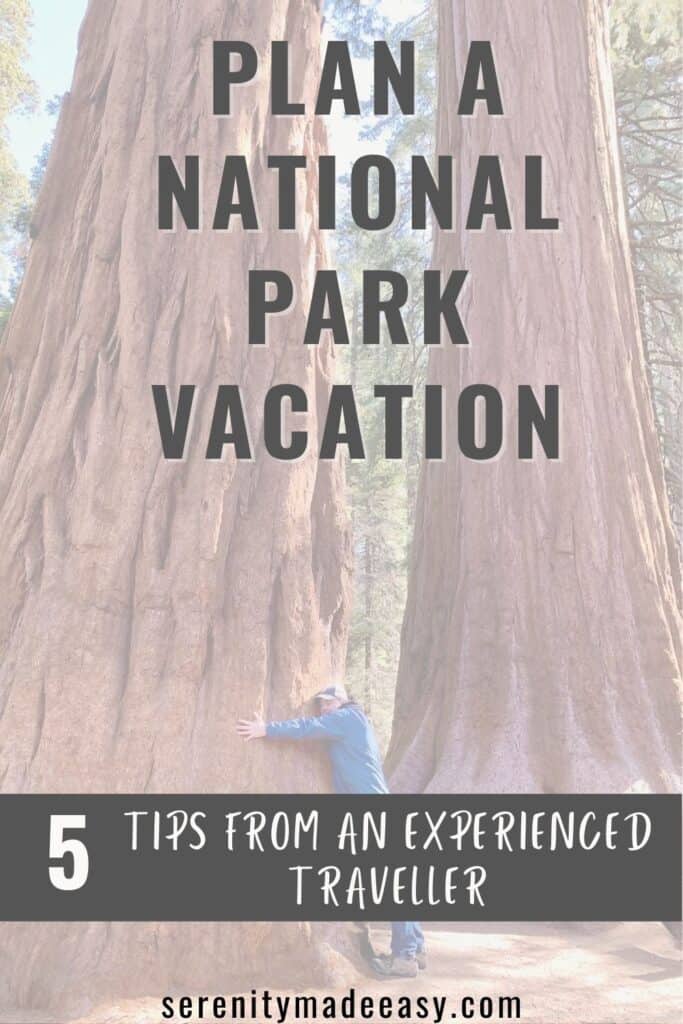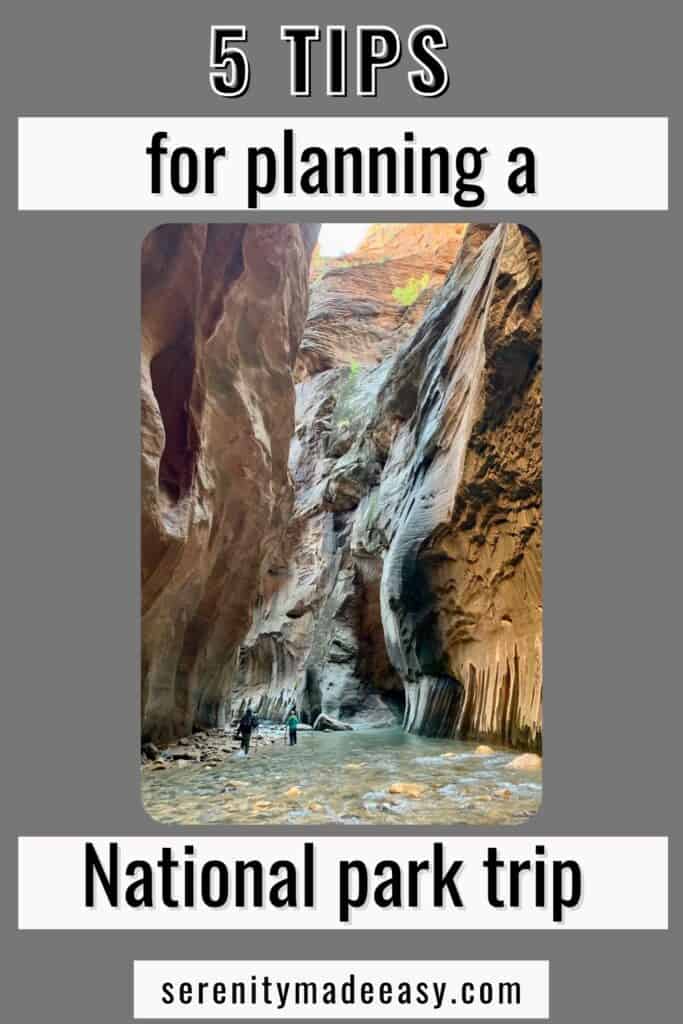This post may contain affiliate links. If you click one and make a purchase, I earn a small commission at no extra cost to you. It helps support the site so I can continue to offer great content to you!
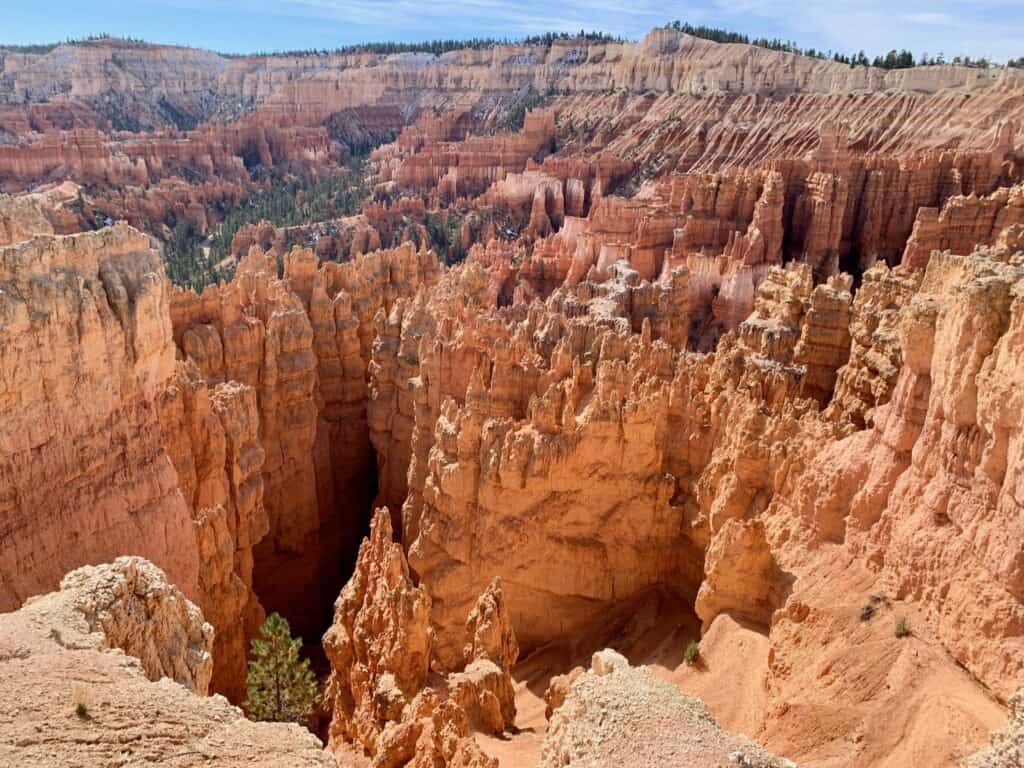
Our family discovered the joy of visiting national parks and hiking a few years ago. We are not the camping and sleeping in tents types, but we love to spend parts of our days in nature, moving our bodies and breathing fresh air. Since we’ve found this new love, we’ve gone on at least one hiking trip each year. In this blog post, I’ll share our best tips for planning an outstanding national park vacation.
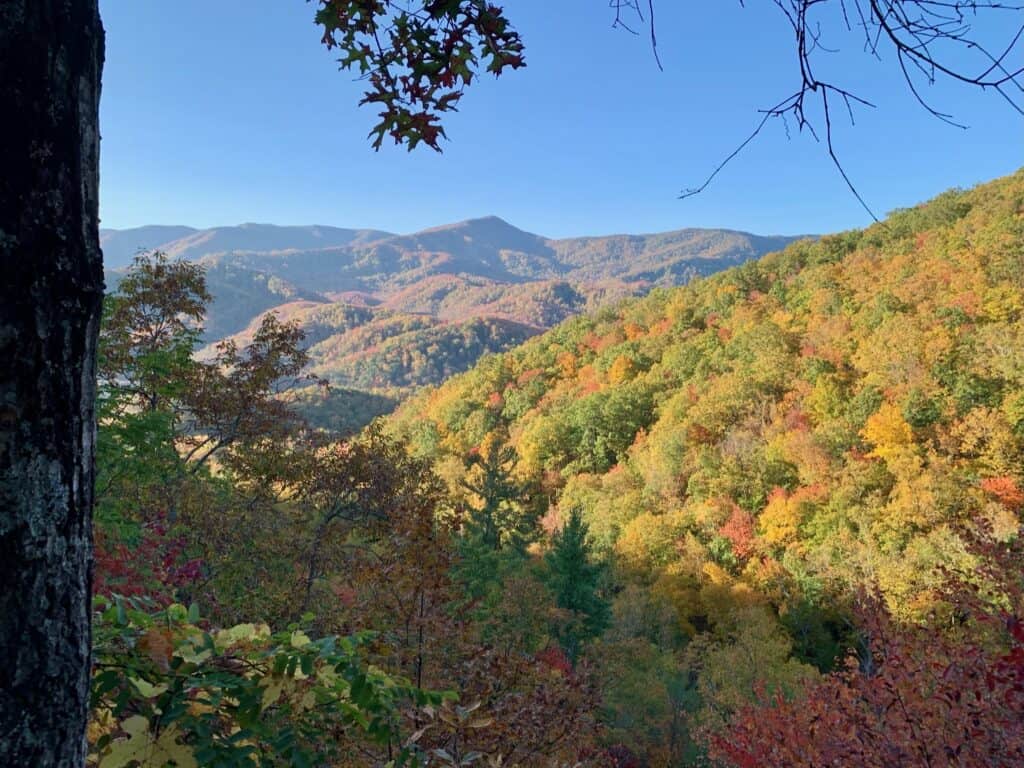
Our favorite national parks
Here is the list of the national parks we have visited so far:
- Dry Tortugas, Florida
- Everglades, Florida
- Great Smoky Mountains, North Carolina & Tennessee
- Grand Canyon, Arizona, Nevada, Utah & Colorado
- Zion, Utah
- Bryce Canyon, Utah
- Arches, Utah
- Sequoia, California
- Volcano, Hawaii
- Haleakala, Hawaii
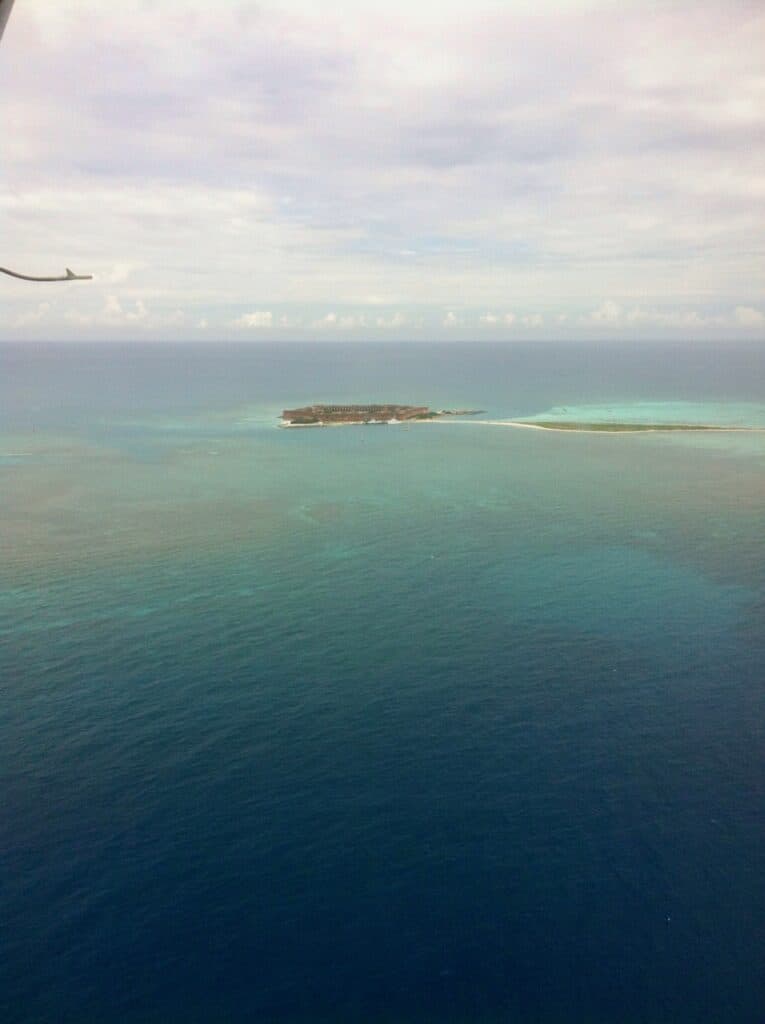
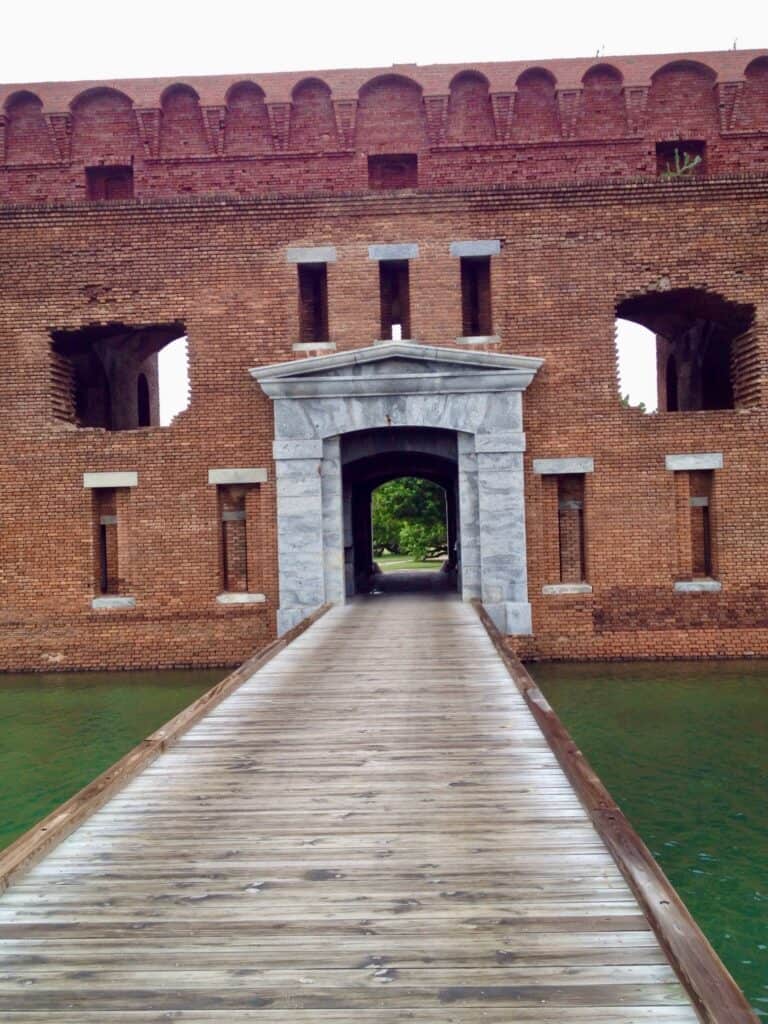
In a few months, we’ll add Olympics to this list. Come back for a full debrief around the May timeframe. Also, in 2024, we plan to visit some National parks in Alaska.
It is so hard to compare each National park vacation with one another. They are all so unique. Additionally, we’ve spent a varied time at each of them.
However, Bryce Canyon and Zion have left me with the most magical memories.
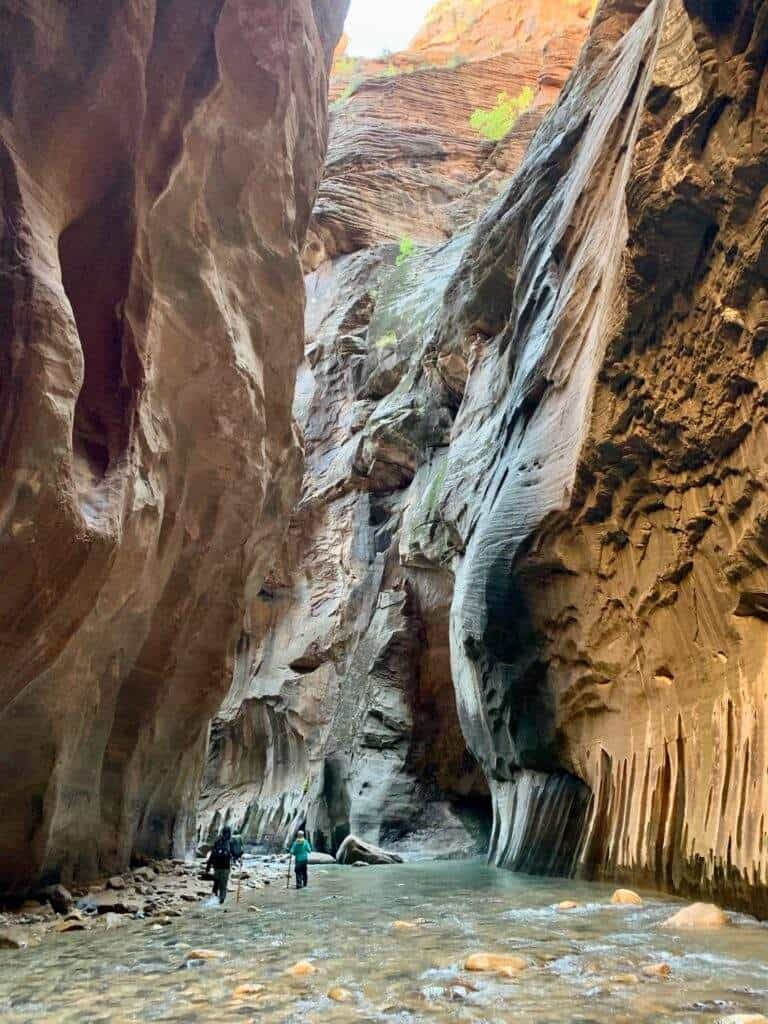
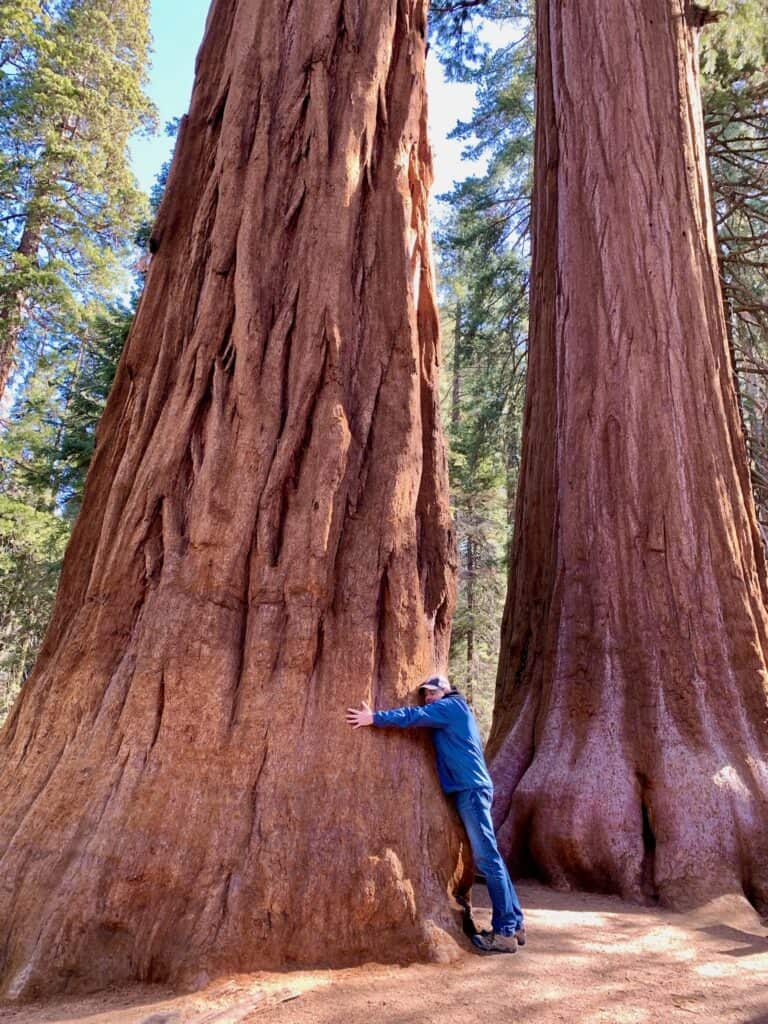
National park vacation tips
1) Be strategic on where to stay
After selecting the national park you plan to visit, your first step is determining where you will stay. Generally, you have three options:
- Inside the park
- Near the entrance to the park
- Further from the park
Each option has pros and cons.
Staying inside the park is typically a pretty immersive experience, but it is often more expensive and tends to book fast. Your eating options are also usually limited, and you should plan to have everything with you, as stores and shops are likely nonexistent once you enter the park.
Staying near the entrance to the park is still a more expensive option, but it typically offers more choices around where to stay and has more convenience. There are usually several restaurants and shops. Accessing the park in the morning is normally easier.
Staying further from the park is the most economic option. You can often find reasonably priced rooms at the second nearest town and a good selection of restaurants and stores. The downside is that you don’t have the national park feel. You need to get an early start in the morning to beat the often long line to enter the park.
2) Plan ahead
Most national parks are really large and you will only be able to do a fraction of what it has to offer.
Take plenty of time before your trip to decide what you want to do while in the park. Consider your physical abilities and those of the people you’ll be traveling with.
We plan our trips using the park’s website, Pinterest to find other people’s experiences, and apps such as AllTrails to get a sense of the difficulty and length of each trail.
Pro tip: Remember that you will likely lose cell services at some point in the park. When you enter the park, they usually offer you a map to help you navigate.
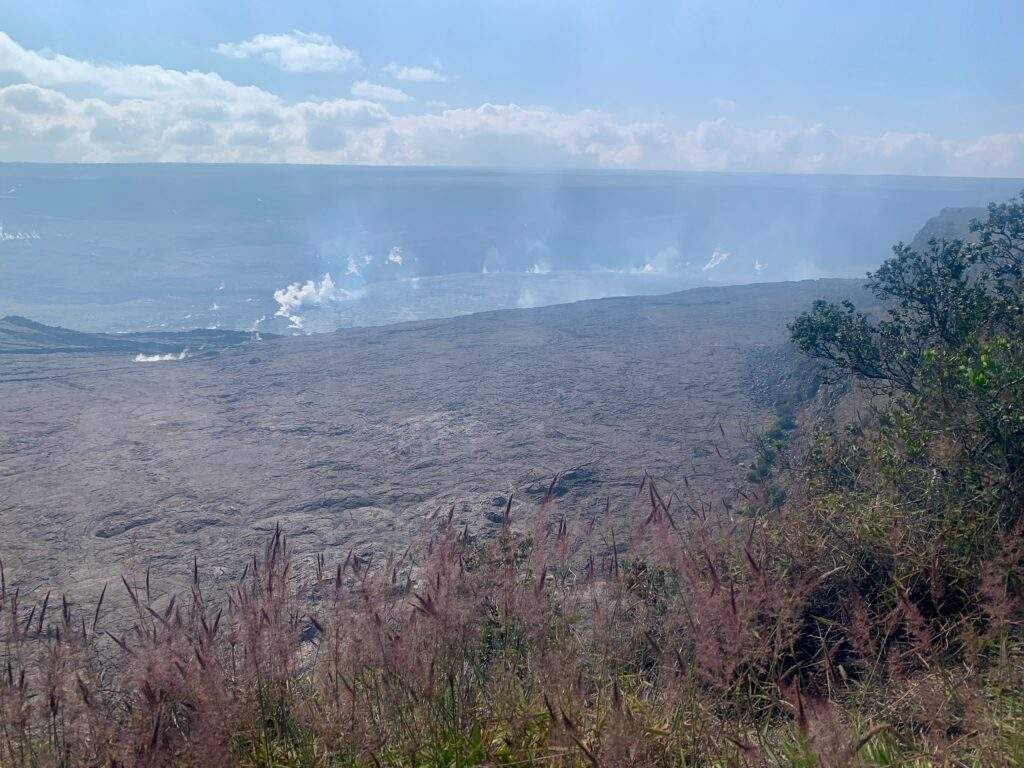
3) Start early
The National park entrances can get really busy. We always try to enter the park before 8 am (assuming it is open). We have always been able to easily enter the park at this time with little to no wait time.
The downside is that the welcome center is not always open. However, we do our planning mostly online and typically don’t need to stop.
Pro tip: If you are planning more than one National park vacation over the next 12 months, I strongly recommend purchasing the “America the Beautiful” pass. It costs $80 (in 2023) and most National Parks in the US are free with the pass. You can check the website to see which parks are covered.
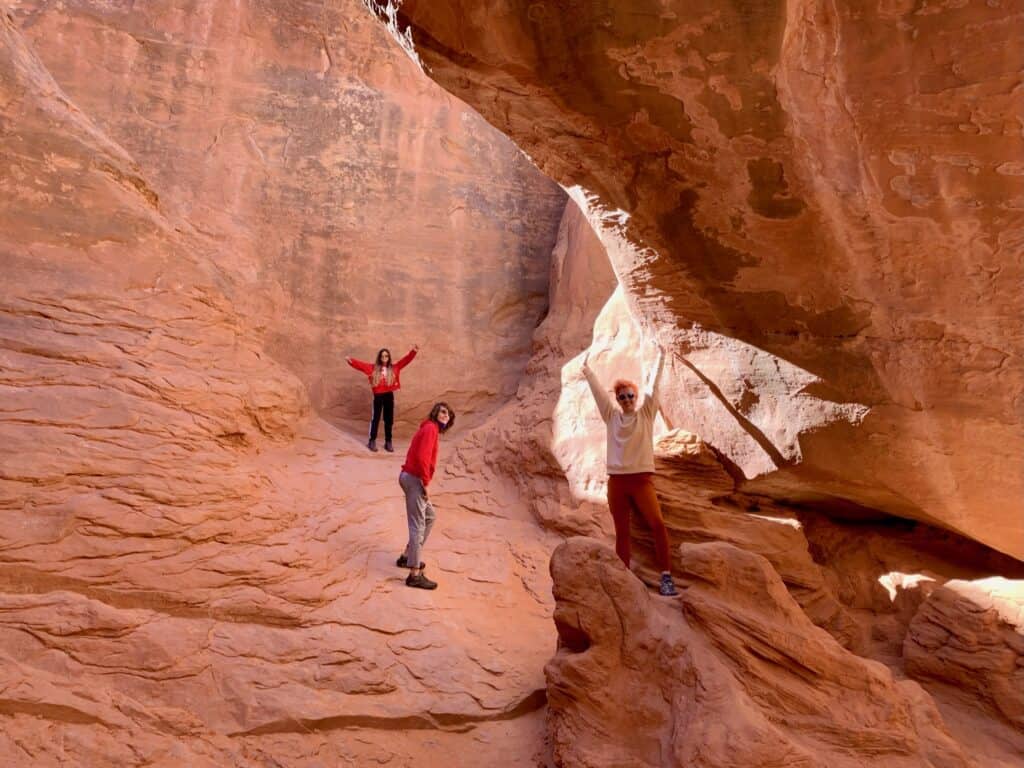
4) Bring water and food
It may sound like I am stating the obvious here, but we have made the mistake of only bringing water and light snacks before. Not all parks have restaurants. Some parks are so massive that you will not have time to exit the park to grab lunch.
Check the park’s website before you go to understand if they have restaurants, and locate where they are to plan your day accordingly. Consider bringing a lunch if there are no food options inside the park so that you have more time to enjoy your visit.
Pro tip: Most parks have “off-seasons”. Even if they have a restaurant, make sure it is open during the month you will be visiting the park.
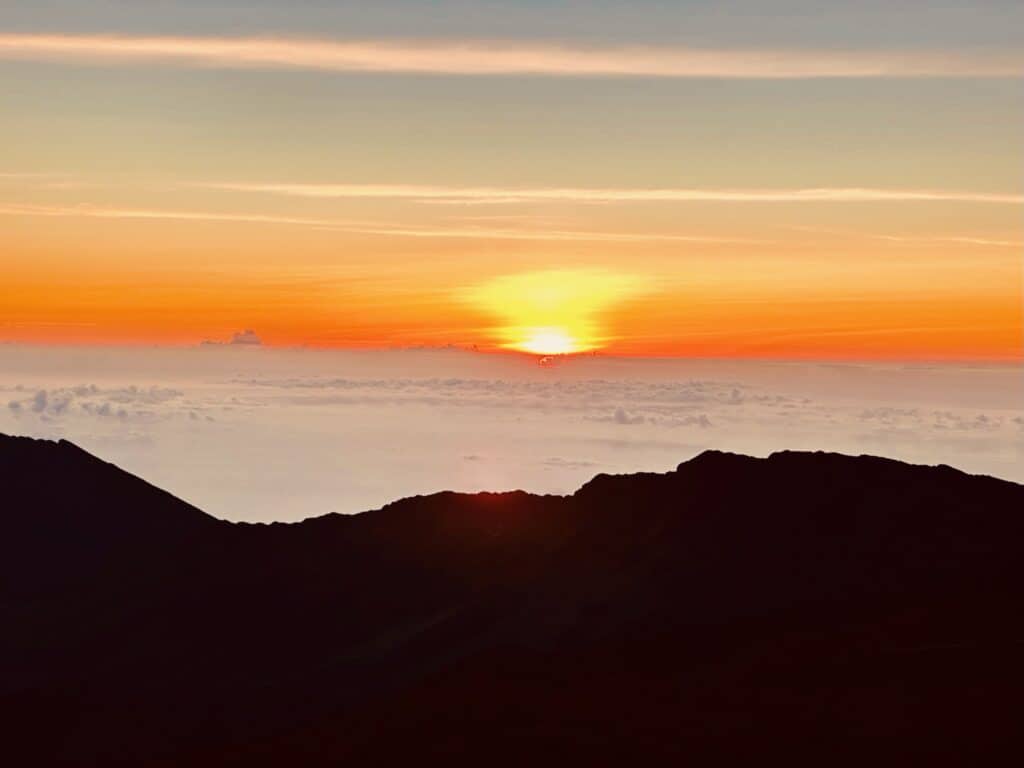
5) Wear the right clothing
The temperature will likely vary quite a bit throughout the day. When you first start, early in the morning, you may need gloves, hats, and a jacket.
As the day goes on and as your body warms up from the physical activity, you’ll probably want to shed layers. Here is how I often dress and what I bring:
- Comfortable socks and hiking shoes
- Extra socks and other shoes that I leave in the car to change after the hike if my feet got wet or sweaty
- Athletic pants
- T-shirt or tank top
- Long sleeve sweatshirt
- Rain/wind jacket
- Warm hat
- Gloves
- Lightweight backpack to carry drinks, and snacks, and put the clothes that I take off as the day goes on
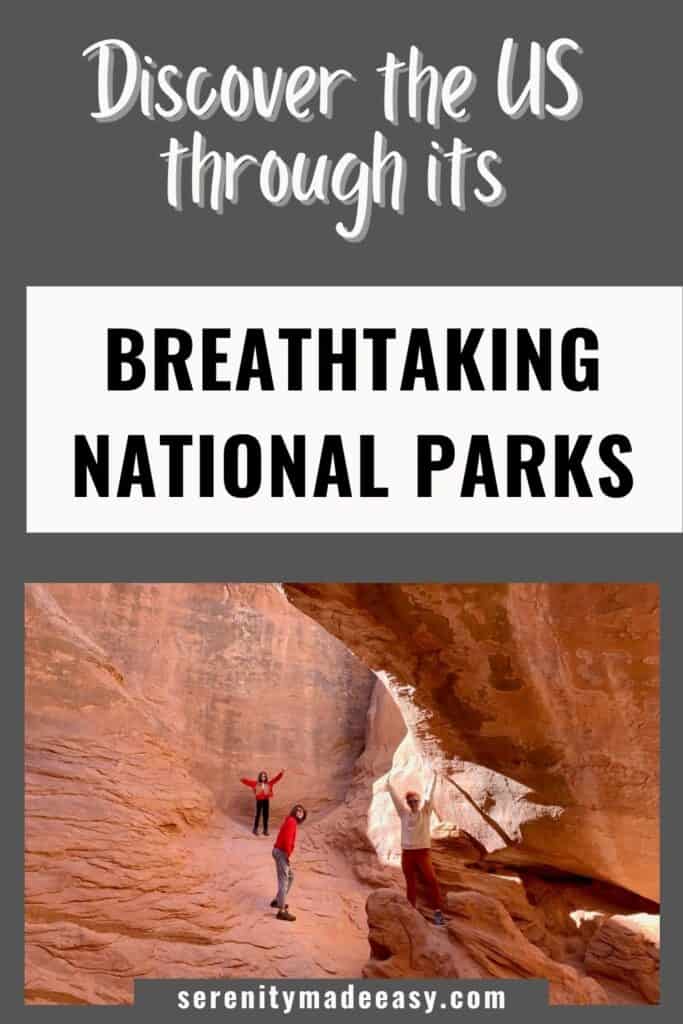
In conclusion
There are so many beautiful National Parks in the United States. I encourage you to visit a few of them if you find yourself near. Their beauty can leave you speechless and with a new appreciation for this magnificent earth we live on.
I hope you will find this article helpful when planning your next National Park vacation.
Bon voyage,
Cat xx
